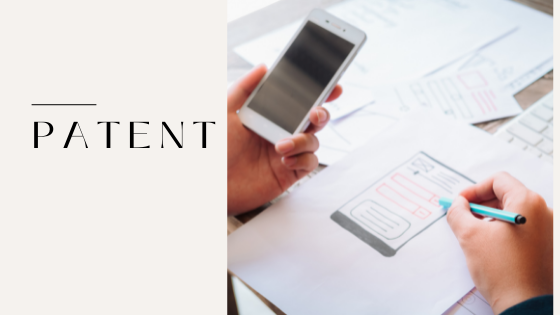Utility Patent Application Basics
A utility patent application will generally contain six main elements.
First, it begins with a statement identifying the field of the invention, or the type of apparatus, device, method or other object it relates to.
Second, it contains an introductory portion, which describes what is known at the time of writing with respect to this field, and which identifies a problem, disadvantage or need that exists therein.
Third, a brief description is given of the invention, stating the measures taken in the apparatus or method according to the invention, and the advantages or solutions it brings.
Fourth, the application contains a detailed description including diagrams and figures. This detailed description should mention all aspects of the invention. Patenting agencies, like patent InventHelp agency, can do all this for you.

Fifth, the application makes a number of claims, which are as a definition of what the inventor is trying to claim as “his” invention. “Independent” claims stand on their own they provide a complete definition. The dependent claims refer back to the independent claims, and provide additional (optional) measures.
Finally, the Utility Patent Application contains an abstract giving a short description of what the invention is about. The abstract is not legally binding and does not serve to identify the scope in any way that’s what the claims are for. Instead, the abstract is there to help readers quickly examine the relevance of the patent. Read more on https://www.criticalhit.net/technology/protect-your-tech-invention-with-the-inventhelp-patent-attorney/.
Leave a Reply